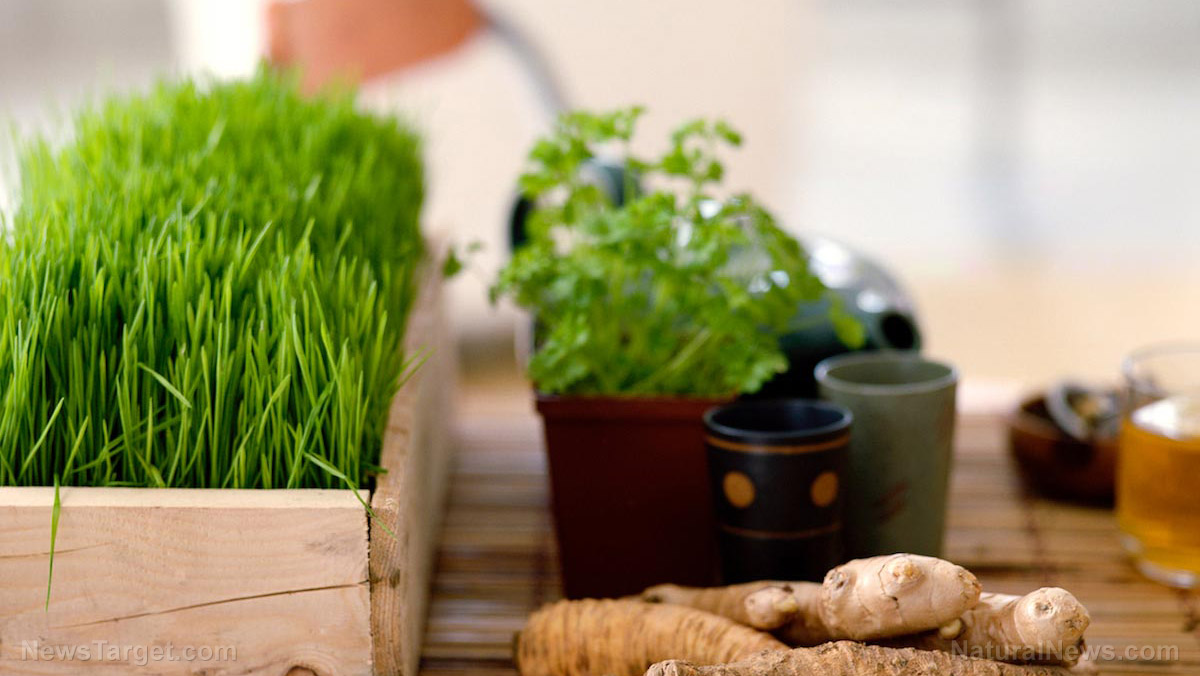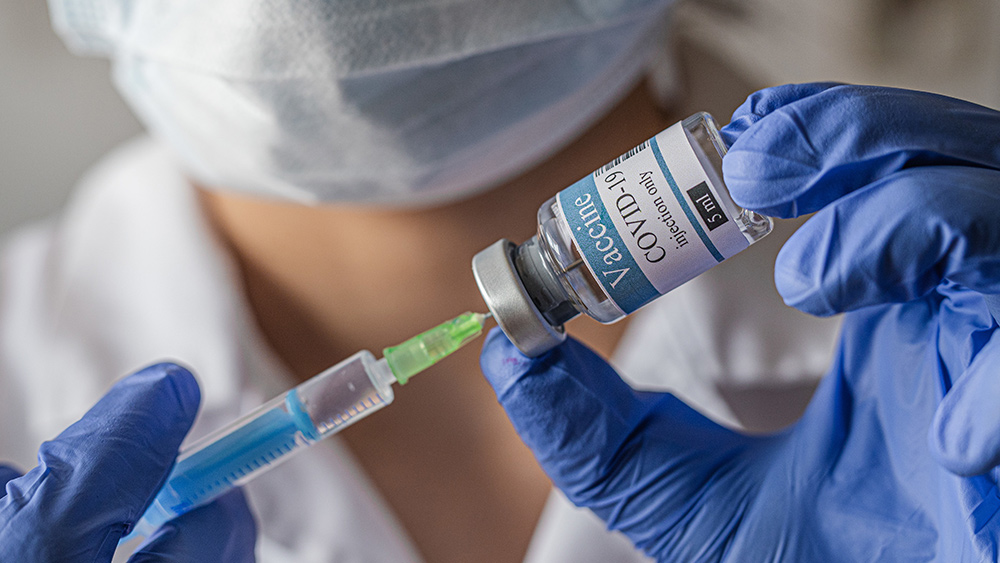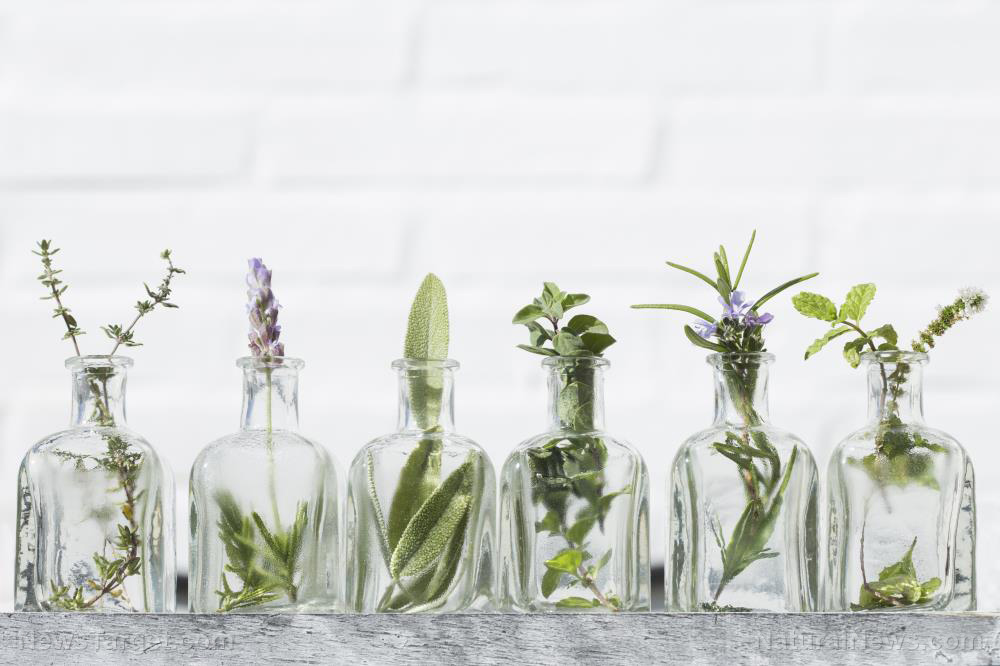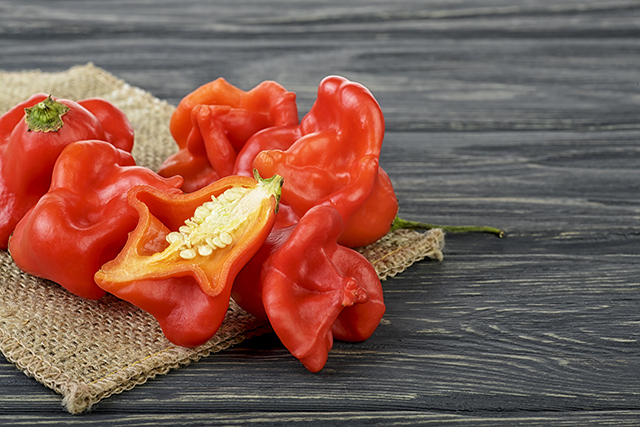Survival medicine: 10 Medicinal plants used by the Cherokees
09/10/2020 / By Divina Ramirez

Natural products and homeopathic substances have been an important source of medicine since ancient times. In North America, traditional forms of medicine, like Cherokee traditional medicine, has provided numerous aromatic and medicinal plants that both the Cherokee people and European settlers in the continent used.
Several of these Cherokee medicinal plants are still in use today as herbal remedies. These plants can come in handy for preppers and survivalists alike. Here are some that have been traditionally used by the Cherokee people and their respective uses. (h/t to BioPrepper.com)
Mullein (Verbascum)
Of the more than 200 species of the mullein plant, the common mullein is one of the most popular and ubiquitous species. Initially endemic to Europe, settlers introduced this herb throughout the Americas and Australia.
The leaves of the plant are harvested near the bottom and are used either fresh or dried to make various herbal remedies. If dried, the leaves are burned to relieve congestion in the chest and to ease breathing difficulties due to asthma. The roots can also be boiled and mashed to make a paste for soothing inflamed limbs and joints.
Moreover, the flowers of this towering plant can be boiled to make tea. Drinking this tea helps to clear up chest congestion or ease coughs. It can also be used for other conditions and minor ailments, including sleep problems, migraines and constipation.
Feverwort (Triosteum perfoliatum)
This perennial wildflower is endemic to North America. It is hard to miss in the wild thanks to its clusters of tubular, purple-brown flowers. Traditional Cherokees used brewed feverwort leaves and flowers to make an herbal tea for treating fevers, hence the name of the plant.
However, recent studies now show that feverwort is also a potent herbal medicine for gastrointestinal problems, such as indigestion, loss of appetite and an upset stomach. In vivo studies, in particular, demonstrate that feverwort is a diuretic, meaning it helps get rid of excess fluid and sodium.
Arnica (Arnica cordifolia)
Arnica resembles a small sunflower because the two share the same family. Used as an herbal medicine, arnica can treat bruises, sprains, muscle aches, joint pain and swelling from fractures. These beneficial effects can be attributed to the plant’s natural antiseptic or pain-killing properties.
Blackberries (Rubus fruticosus)
Traditional Cherokees utilized different parts of blackberry bushes to make various herbal remedies. The leaves, for instance, could be brewed to make tea for treating an upset stomach and soothing inflamed joints.
They also mashed the roots of the bushes and mixed them with honey to make an all-natural cough syrup. In addition, simply chewing the leaves could help ease a sore throat and treat bleeding gums.
Smooth sumac (Rhus glabra)
Common sumac is a shrub endemic to North America that can grow up to 20 feet tall. The bark of its branches can be boiled and strained to make an herbal drink for treating sore throats. The shrub’s small, berry-like fruits rich in vitamin C can also be consumed to treat fevers.
Black cohosh (Cimicifuga racemosa)
Black cohosh is a medicinal root endemic, in particular, to eastern North America. The traditional Cherokees used this herbal medicine to help women through childbirth and to ease pain due to menopause and difficult menstruation.
Yarrow (Achillea millefolium)
Yarrow is a fragrant, flowering plant that the Greeks used to keep wounds from bleeding out. Traditional Cherokees applied the leaves of this plant on open wounds and cuts to help clot the blood. Yarrow leaves have also been brewed to make tea for easing digestion and stopping internal bleeding.
American ginseng (Panax quinquefolius)
Not to be confused with Siberian ginseng, this medicinal root is known for its beneficial effects on headaches and cramps. It can be boiled to make tea or mashed to make a poultice for topical application. (Related: Both American and Asian ginseng are effective at treating fatigue in people with chronic illness.)
Skullcap (Scutellaria lateriflora)
Skullcap is a close relative of the peppermint, spearmint and other mint plants. Traditional Cherokees and other Native American tribes used this flowering plant to treat menstrual disorders or menstruation-related problems and gastrointestinal conditions.
Goldenseal (Hydrastis canadensis)
In traditional Cherokee medicine, goldenseal’s roots and leaves are ground into a powder and mixed with bear fat to make a natural insect repellent. Washing the skin with goldenseal-infused water can also soothe inflamed skin and relieve skin disorders.
The traditional Cherokees relied on plants to treat all sorts of ailments and illnesses. The medicinal plants on this list are a testament to that. Most of them can still be found in the wild, and knowing which plants can be utilized as herbal remedies can be useful for when SHTF.
Read more articles about medicinal plants and herbal remedies at PlantMedicine.news.
Sources include:
Tagged Under: alternative medicine, disease treatments, emergency medicine, herbal medicine, Herbs, natural cures, natural medicine, pain relief, preparedness, prepping, prevention, remedies, survival, survival medicine, traditional Cherokee medicine, women's health



















